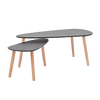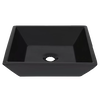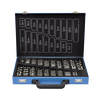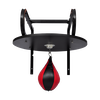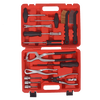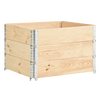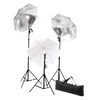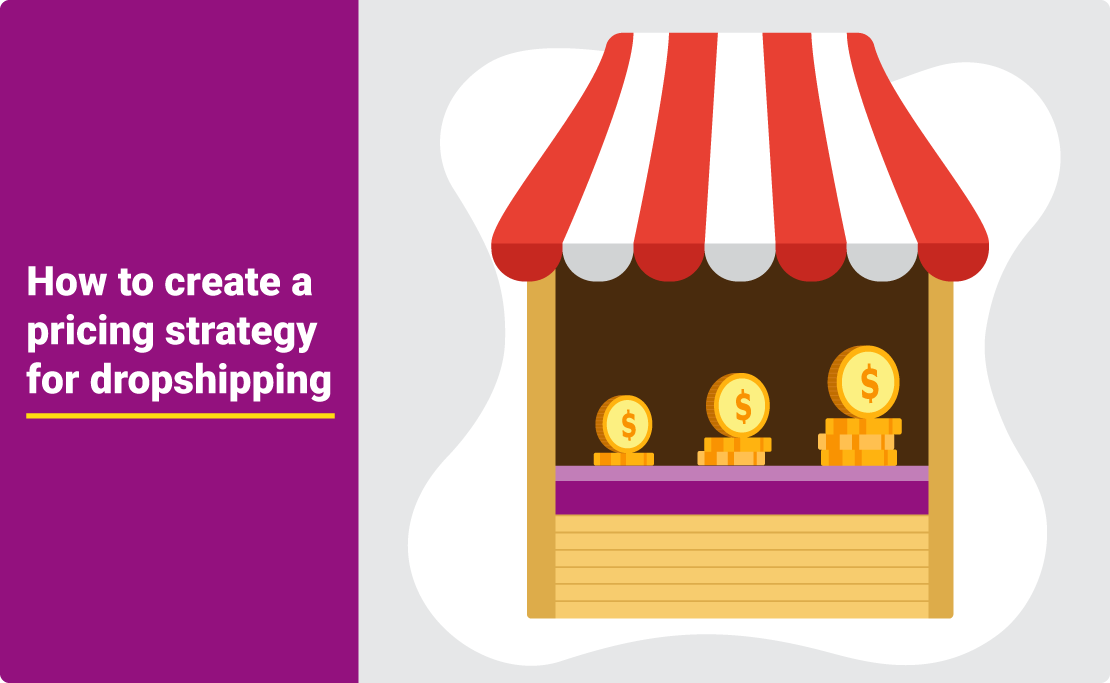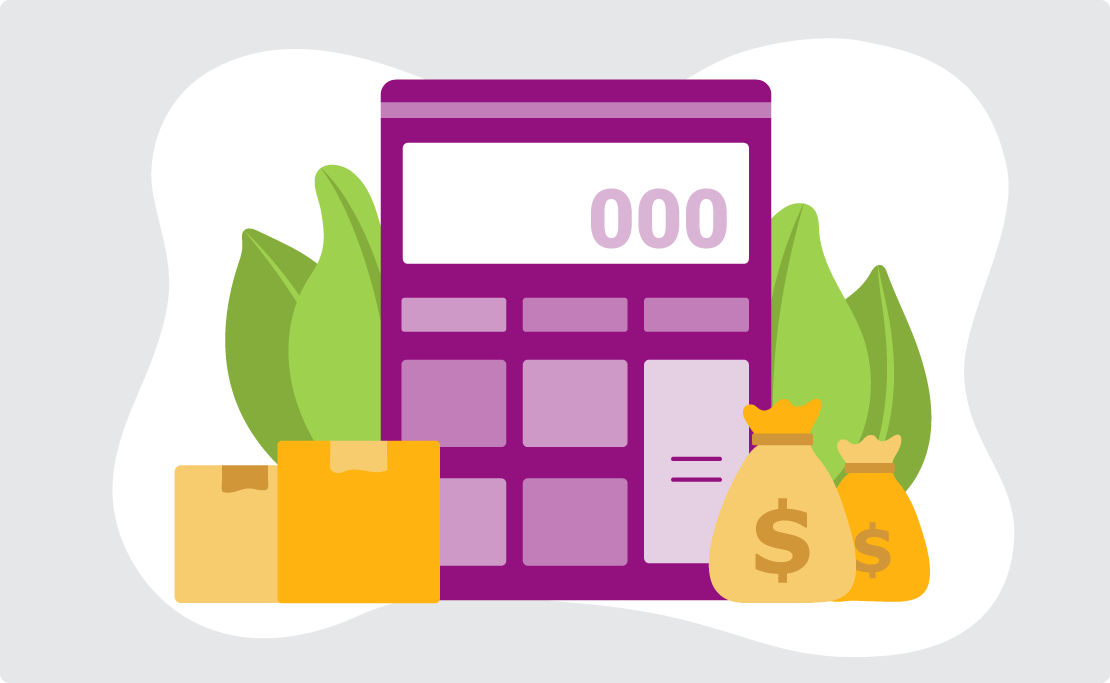As a dropship reseller, you may often wonder how to create a pricing
strategy for dropshipping. With various dropship pricing strategies
available, your approach may differ depending on your products, suppliers,
and business model. Some may suggest that the best strategy is to
constantly adjust your pricing based on what works best for your business.
However, regardless of your approach, choosing a dropship pricing strategy
is a crucial step in launching your ecommerce business as it can
significantly impact your customers' perception of your brand and your
profit margin. It is highly recommended to take the time to evaluate
different dropshipping pricing strategies and their effects on your
business before making a decision.
When starting your business, it's important to consider the product types
you plan to sell. Not all products can be priced the same way. For
instance, electronics usually sell in higher volumes but with a lower
margin, whereas fragrances and home decor sell in lower volumes but with a
higher margin. Once you've selected your product niche, you can decide on
your pricing strategy.
It's also a good idea to discuss your pricing ideas with your supplier.
You can reach out to your sales representative or contact their support
desk to ask for recommendations on price settings that are specific to the
product types they offer. While some suppliers may not offer much guidance
on retail pricing, at dropshippingXL, we understand that setting the right
prices is crucial to the success of your online store. In this guide,
we'll take you step-by-step through the process of developing a pricing
strategy for your dropshipping store that maximises profits, satisfies
customers, and helps your business thrive. From understanding costs and
competition to implementing dynamic pricing, we've got you covered.
What are the different pricing strategies?
Choosing the right pricing strategy can be crucial for maximising profits,
but there is no one-size-fits-all approach. However, there are various
strategies to consider that can help define your brand and how it is
perceived by your audience. Here are some of the most popular dropshipping
pricing strategies to consider.
Fixed Markup
Have you considered using a fixed markup in your wholesale dropship
product pricing strategy? It can be an important factor in ensuring
profitability.
When setting your profit margin, it's important to take into account any
marketplace or dropship fees. Adding a fixed markup amount can help you
evaluate potential profits more easily. For example, if you have a 20%
margin on a $5.49 item, you would add $1.10. However, adding an additional
$3.50 fixed markup amount can help cover fees and provide extra margin.
This works especially well for low-dollar items, where the markup
percentage is higher, and can be a "hidden" markup for higher-dollar
items.
Using a fixed markup addition also ensures that every product sale has a
guaranteed amount added to compensate for any necessary fees or processing
times. This can be especially helpful in processing orders for both low
and high-priced items.
Tiered Markup
If you sell a variety of products, tiered markup is a great pricing
strategy. By adjusting the markup percentage based on the item's overall
price, you can tailor your approach to each individual product. For
instance, a lower-cost product may require a 50% markup to cover expenses
and generate revenue. However, a high-cost item could be marked up by only
20%, as this would still increase the price more than your competitors and
more than your intended audience is willing to pay.
MSRP (Manufacturer Suggested Retail Price)
If you're searching for a pricing strategy that strikes a balance between
cost and value, MSRP may be a safe bet. By pricing your products according
to their worth, you can distance yourself from competitors while staying
competitive. Additionally, you can pair MSRP with discounts to promote
your products, attract customers, and compete with other sites offering
similar products at even lower prices.
Competition-Based Pricing
Pricing your products based on your competition is known as
competition-based pricing. To keep track of your competitors' prices, you
can use various tools. However, it's important to note that undercutting
your competitors might not be the best strategy as they also use the same
tools. This approach can lead customers to associate lower prices with
lower product quality. Therefore, it's not a recommended pricing strategy
for dropshipping businesses that want to succeed by "beating their
competition."
Psychological Pricing
Many dropshippers have found success using pricing techniques that appeal
to human psychology. This includes using odd or uneven numbers instead of
whole numbers. Playing with customers' psychology when it comes to pricing
has been shown to increase conversions compared to traditional pricing
strategies.
MAP-Based Pricing
MAP refers to the minimum advertised price set by the manufacturer for a
product listing. This means that when selling the item, you cannot price
it below the MAP. Failure to comply with this rule may result in losing
the ability to resell that manufacturer's or distributor's products.
If you work with a large distributor that carries a wide range of products
from many manufacturers, it's important to discuss their MAP policies and
how they vary between products. Some products may have a "hard MAP" that
is strictly enforced, while others may have a "soft MAP" that is more of a
guideline.
Knowing which products have MAP and whether it's enforced or not is
crucial in deciding whether to resell the item and how to price it.
Ideally, your distributor will provide the MAP price in the data feed,
allowing you to set competitive prices without risking your reseller
privileges.
Price vs. Shipping Markup
Many store owners are concerned about setting prices that are too high for
their products, so they opt to lower their markup. However, they may add
small hidden fees to their shipping module or product weights to increase
the total cost charged for shipping. This allows them to display lower
product prices compared to other stores, while still maintaining their
required profit margin with an increase in shipping charges. On the other
hand, some owners prefer to increase their product prices significantly
and offer free shipping promotions on their website. They understand that
customers may be more interested in these deals and less concerned about
the product prices.
Store owners can choose to base their pricing strategy entirely on one of
these approaches, or switch between them as needed throughout the year.
Regardless of the chosen approach, it is essential to promote significant
price discounts or "free" shipping promotions to attract traffic to the
website. However, incorporating shipping charges into the overall pricing
strategy is a more advanced approach. It requires an experienced store
owner to ensure that the total amount charged covers both the required
product margin and shipping costs.
Connect with us today to kickstart your dropshipping business with
vidaXL
How to create a pricing strategy for dropshipping Analyse Your Competitors
To remain competitive, it is important to comprehend the pricing
strategies of your rivals. You can achieve this by researching other
dropshippers who sell similar products within your niche. This research
should help you identify their pricing models, value propositions, and
unique selling points. Additionally, analysing their customer reviews and
feedback will provide insight into how customers perceive their pricing.
Define Your Value Proposition
To stand out in the world of dropshipping, it's important to showcase your
unique value proposition. This means highlighting what makes your store
different from others. Perhaps you offer faster shipping, exceptional
customer service, or exclusive product bundles. By emphasising the
benefits of choosing your store, you can attract and retain customers.
Choose a Pricing Strategy
After analysing your costs, assessing your competition, and developing a
clear value proposition, it's time to decide on a pricing strategy. There
are several popular approaches to choose from:
-
Cost-Plus Pricing: This method involves adding a fixed profit margin to
the total product cost to determine the final selling price. While it is
a simple approach, it may not take into account market demand.
-
Competitive Pricing: Determine your pricing based on your competitors'
prices to remain competitive in the market. However, be mindful not to
undervalue your products and negatively impact your profitability.
-
Value-Based Pricing: Set prices based on the perceived value of your
products to customers. Emphasise the unique benefits of your products to
justify higher prices.
-
Dynamic Pricing: This approach involves adjusting prices in real-time
based on factors such as demand, seasonality, and customer behaviour.
Consider Psychological Pricing
Psychological pricing techniques can influence customer perception and
improve sales. Some effective strategies include:
-
Charm Pricing: End prices with .99 instead of rounding up (for example,
$19.99 instead of $20). This creates the impression of a lower price.
-
Tiered Pricing: Offer different pricing packages, such as basic,
standard, and premium, to cater to different customer segments. c.
-
Bundle Pricing: Combine complementary products into discounted bundles,
which can encourage customers to purchase more.
Calculate the Break-Even Point
It's important to understand your break-even point in order to figure out
how many units you need to sell to cover your expenses. This information
is critical for establishing achievable sales targets and assessing the
effectiveness of your pricing plan.
To calculate your break-even point, use this formula:
Fixed Costs divided by (Selling Price minus Variable Costs).
Implementing Dynamic Pricing
Dynamic pricing allows you to adjust prices based on real-time market
conditions, demand, and customer behaviour. Consider these factors when
implementing dynamic pricing.
Here are some helpful tips for adjusting prices to stay competitive:
- Keep an eye on market trends and adjust prices accordingly.
-
During peak seasons, consider increasing prices and offering discounts
during off-peak periods to take advantage of demand fluctuations.
-
If you have excess inventory, consider lowering prices to clear stock
and avoid storage costs.
-
Consider offering personalised pricing to different customer segments
based on their purchasing behaviour and loyalty.
Consider Returns
Returns are a concern for both online and offline shopping, particularly
in the dropshipping industry where sellers have limited control over
product quality. If customers decide to return their purchases, it's
important to factor in the associated costs. While some merchants may
offer free returns, this expense should be accounted for in your overall
costs. To calculate this, simply determine the percentage of returns you
receive and add it as a percentage of your total sales.
To avoid any confusion or misunderstandings, it's best to clearly outline
your returns policy before a sale is made. You may choose to accept
returns only for certain items or refuse them altogether. Being upfront
about your policy can help prevent any issues in the future.
Monitor and Optimise
To achieve a successful pricing strategy, it's important to continually
monitor and optimise it. It's necessary to regularly review your pricing
performance and make adjustments as needed. Tracking customer feedback,
conversion rates, and sales data will help you understand how your pricing
affects your business.
Consider Price Anchoring
One effective psychological technique is price anchoring. This involves
presenting a product or option that is priced higher first, in order to
influence how customers perceive subsequent prices. By using a
higher-priced product as a reference point, lower-priced products seem
more appealing and reasonable. To use this technique, it's important to
select an anchor product that is comparable and relevant to what you are
offering. Price anchoring can encourage customers to purchase products
with higher margins while still feeling like they are getting a good
value.
Leverage Seasonal Promotions
Taking advantage of seasonal promotions can be a great way to generate
buzz and boost sales during special times of the year. Offer limited-time
discounts, free shipping, or gift-with-purchase deals to coincide with
holidays, important events, or other special occasions. To encourage
customers to act fast, create a sense of urgency by emphasising limited
availability or time-sensitive offers. By using these tactics to create a
feeling of exclusivity and urgency, you can increase customer engagement
and improve conversion rates.
Implement A/B Testing
A/B testing, which is also referred to as split testing, is an effective
method to refine your pricing strategy. It involves creating various
versions of your product pages with different price points and tracking
their performance. After collecting data, you can analyse it to determine
which pricing strategy produces the best results in terms of conversion
rates and revenue. By using data-driven insights, you can continuously
optimise your prices and enhance your overall profitability.
Monitor Competitor Pricing Changes
It's important to continuously keep track of your competitors' pricing to
stay competitive. This involves regularly checking their websites, email
newsletters, and social media for any changes in prices or promotions. By
staying aware of their pricing strategies, you can quickly adapt to any
market fluctuations and adjust your own prices to remain competitive.
Offer Customer Loyalty and Rewards Programs
Retaining customers is equally crucial as gaining new ones. One way to
encourage repeat purchases and build customer loyalty is by implementing
loyalty and rewards programs. You can reward loyal customers with
discounts, special offers, or exclusive access to new products. This
approach not only increases the likelihood of customers returning but also
boosts customer satisfaction, resulting in positive word-of-mouth and
increased brand advocacy.
Provide Transparent Pricing
To establish trust with your customers, it's crucial to be transparent
about all costs related to their purchase. Make sure that shipping fees
and taxes are clearly stated upfront on the product page to avoid surprise
charges during checkout, which can result in cart abandonment and a
negative customer experience. Transparent pricing builds confidence in
customers and minimises the chances of returns or disputes.
Monitor Profit Margins
It is important to balance competitiveness with maintaining healthy profit
margins. Selling products at prices that only cover costs may result in
short-term sales, but it can harm the long-term viability of your
business. To ensure profitability, it is crucial to continuously analyse
the profit margins of each product and take action if certain items are
not generating sufficient returns. Potential solutions include
renegotiating with suppliers, sourcing more cost-effective alternatives,
or removing low-margin products from your catalogue.
Offer Free Shipping Strategically
Customers are often tempted by the offer of free shipping. However,
providing free shipping on all items may not be feasible for your
business, particularly for low-margin products. It might be worthwhile to
introduce free shipping selectively, such as for orders surpassing a
specific amount or for particular items that generate higher profits. This
tactic motivates customers to spend more in order to qualify for free
shipping, which can ultimately raise your average order value.
Frequently Asked Questions
How do you determine price for dropshipping?
When deciding on a price for dropshipping, there are several important
factors to take into account, such as the cost of the product from your
supplier, shipping costs, profit margin, competition, and demand for the
product. By carefully considering each of these factors, you can establish
a price that is both competitive and profitable for your business. .
What is the best profit margin for dropshipping?
Determining the ideal profit margin for dropshipping largely depends on
the nature of your business and the type of products you offer. Generally
speaking, a reasonable profit margin for dropshipping is about 20%.
What is the success ratio for dropshipping?
The success ratio for dropshipping is not publicly available. However, a
study by Oberlo found that 80% of dropshipping stores fail within the
first year. This means that only 20% of dropshipping stores are
successful.
Can I become rich by dropshipping?
It is possible to become rich by dropshipping, but it is not easy.
Nevertheless, if you can identify a lucrative niche, promote your products
efficiently, and offer top-notch customer service, it's possible to make a
substantial income from dropshipping. Is 30% margin good?
Achieving a 30% margin is considered a profitable margin for dropshipping.
This means that for every $100 in sales, you can earn a profit of $30.
Nonetheless, it is crucial to bear in mind that the profit margin is not
the sole determinant of your profitability. You must also factor in the
expenses of advertising and acquiring customers.
How much profit in dropshipping?
The profit you gain from dropshipping is determined by several factors
such as the product you sell, the price margin you establish, and the
number of sales you generate. Nonetheless, dropshipping has the potential
to yield considerable profits.
How do you calculate profit margin in dropshipping?
If you want to calculate the profit margin for dropshipping, you can use
this formula: Profit margin = (Selling price - Cost price) / Cost price *
100. To illustrate, if you sell a product for $13 and the cost price is
$10, your profit margin would be 30%. The Bottom Line
One of the benefits of dropshipping is that it's a constantly evolving
industry. To determine the optimal dropshipping pricing strategy, you must
experiment and determine the maximum price that won't push away your
customers.
You may choose to reduce your prices on weekends or adjust them for
holiday seasons. Since there is less financial risk (you don't need to
purchase the product until someone buys it from you), you can try out
various pricing options to find the one that works best for you.
If possible, it's a good idea to speak with your supplier to see if they
have any recommendations for pricing strategies that would work well with
the items you've selected. They may have suggestions based on other
clients and may be able to provide guidance on the most effective
strategies to use moving forward.
Want to learn more about dropshipping? Head over to dropshippingXL
Academy!





